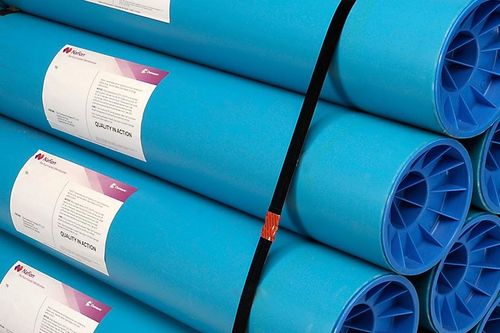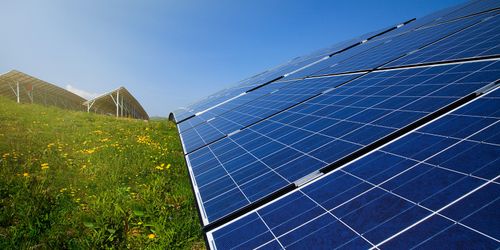Independent power producer Capital Power is discontinuing plans to build a carbon capture and sequestration facility at its Genesee power generation facility.
“After a detailed review of the project, we have concluded that the economics for CCS at the Genesee site do not meet our targeted risk-return thresholds,” CEO Avik Dey said on a call today, stressing that the company still views CCS as a viable technology.
Dey added that Edmonton-based Capital Power was awarded a grant by the Michigan Public Service Commission to conduct a CCS feasibility study at the Midland Co-Generation facility.
Located west of Edmonton, the Genesee facility consists of three generating units which provide over 1,300 MW of baseload generation. Capital Power is re-powering the first two units that run on coal and natural gas with new natural gas turbines.
The CCS project at Genesee was a $2.4bn initiative that sought to take advantage of Alberta and Canadian federal government incentives.
Commenting further on the economics of the project, Dey said CCS technology needs to improve so costs can come down.
“How do you actually build the kit so that you have higher efficacy and higher capture rates while bringing down the capital costs,” he said.
On the revenue side, Capital Power would have received revenues from contracts for difference while avoiding carbon taxes. “Those are the two contributing factors to establishing the numerator on the NPV calculation.”
“And then on the denominator, it’s really a function of volume, emissions captured and capex per ton captured or a capex per megawatt exposed,” he said.
Dey added that CAPEX per CCS unit will need to decrease, “such that we can work within whatever regulatory framework exists, whether it’s the state of Michigan, the province of Alberta, and work within whatever federal framework exists, whether it’s the CER or working within the IRA.”







